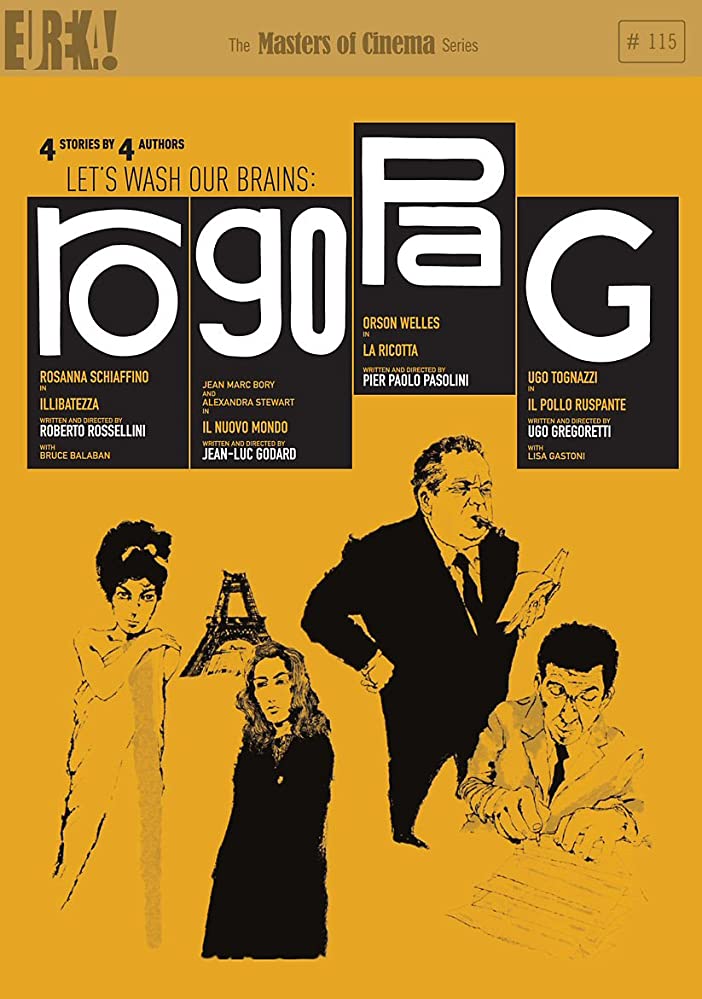
Narrative Structure
The film is based on the production of “The Passion of Christ” in Italy, where the film cast and crew act arrogantly towards the famine Stracci who attempts to disguise himself as a cast member to find some food, only to be hoisted up on a cross and left whilst several rich families of Rome visit the shoot, only for him to die on the cross.
Cinematography
One of the most admirable aspects of this film is the creative methods used to represent the class divide. When their is religious imagery present it appears in colour whilst other scenes appear in black and white, suggesting that religion is colourful and majestic whereas the rest of the world is dark and dull, filled with people who suffer everyday who are not cared for.
Mise-en-scene
The imagery of the poor man dying on the cross implies to the audience that unlike others such as the actors and the director, he has the strength to live a better life In heaven because of the comparison to him and Jesus, whilst they are aware that these are props and just a façade without truly believing in the significance of Stracci’s death.
Comparisons are made to Stracci being much like the dog that eats his food, therefore presenting him as a beast in the eyes of all others. Originally, he dresses up as a member of the cast in order to get food, hiding it under a rock but only o return to find a small dog ferociously eating his way through it. This is similar to a later scene when Stracci purchases cheese with the money he got from selling the dog, delving into the contents ferociously too whilst onlookers watch on and laugh, throwing him even more food. He is presented as a beast as that is what all the cast believe him to be, they see an unclean man with an insane appetite without considering the social influences that has caused him to be this way.
Meaning and Response
The film brilliantly critiques the social divide in society and the effect this has on the poor. Large amounts of food, luxurious clothes and happy dancing all contrast the protagonist who is dirty, starving and humiliated before his death. This is used to exaggerate the differences between the lower and higher class.
There is a certain irony to this film. Whilst the director wishes to use his film to celebrate Jesus and Catholicism, the themes presented contrast the very things that Jesus stood against whilst the cast mock the elements of life that he stood up for. Actors of people such as the mother of Jesus laugh at Stracci when they see him eating in a cave, mocking his situation and distancing themselves from him as he is almost animalistic to them. The director also mentions Marxism and his belief in it which too adds to the irony as Marxist ideology revolves around the idea of the proletariat owning certain means of production. This would benefit Stracci and yet it’s clear that this ideology for helping the poor seems to be neglected.
Contexts of Film
Orson Welles makes reference to Marxism. Marxism is an economic method of organizing society that gives the proletariat control of production to create a social transformation.
Pasolini is known as a provocateur. He is well known for being divisive and creating controversial films that question certain elements of society.